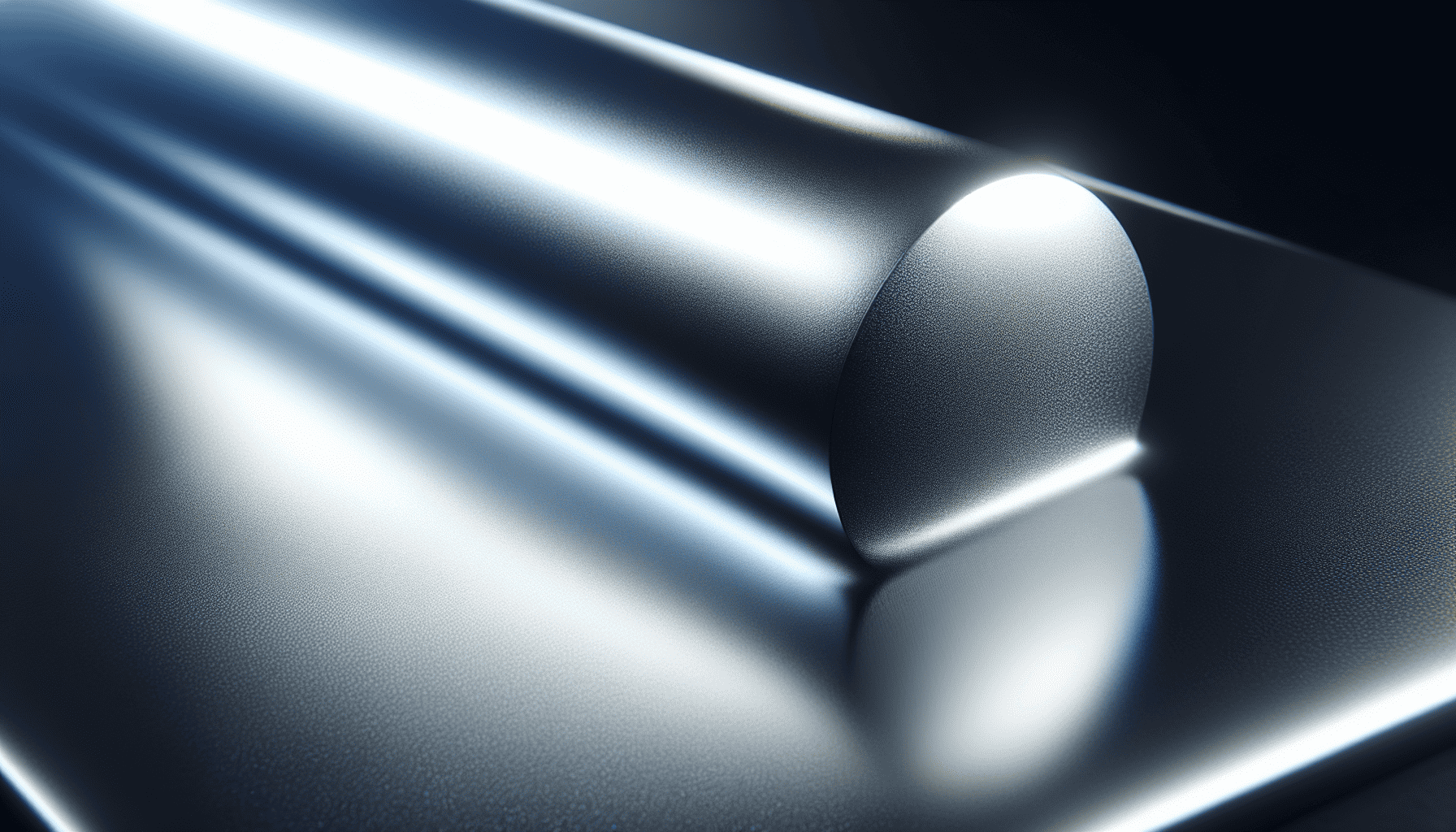In the rapidly evolving landscape of materials science, nanotechnology stands out as a field with transformative potential. Among its many applications, advanced nanocoatings are emerging as a critical innovation, offering remarkable durability, protection, and multifunctionality across a wide range of industrial sectors.
Nanocoatings are ultra-thin layers of material engineered at the nanoscale, typically ranging from one to one hundred nanometers in thickness. Their unique structure endows them with enhanced properties, including increased strength, heightened durability, and improved resistance to environmental factors such as UV radiation, thermal fluctuations, and chemical exposure. The implications of these properties for industrial applications are immense.
One of the primary advantages of nanocoatings is their ability to enhance surface properties without significantly altering the original properties of the base material. For instance, in the automotive industry, nanocoatings provide vehicles with self-cleaning, scratch-resistant, and anti-corrosive properties, greatly extending the lifespan of automotive components. Similarly, in the aerospace sector, nanocoatings contribute to reduced drag and ice formation on aircraft surfaces, improving fuel efficiency and safety.
The construction industry benefits significantly from this technology as well. Nanocoatings applied to building materials such as glass, concrete, and steel can drastically improve energy efficiency by reducing thermal conductivity and enhancing solar reflectance. This results in buildings that are not only more environmentally friendly but also more cost-effective in terms of energy consumption.
Beyond durability and protection, the multifunctionality of nanocoatings is particularly noteworthy. They can be engineered to provide antibacterial properties, which is especially advantageous in healthcare settings. Coatings applied to medical devices or hospital surfaces can significantly reduce the risk of infections, promoting a healthier environment for patients and healthcare professionals alike.
In the electronics industry, where moisture and heat can significantly impact device performance, nanocoatings act as protective barriers, prolonging the lifespan and reliability of components. As devices become more compact and complex, the ability of nanocoatings to provide high-level protection without added bulk is invaluable.
Another exciting development in the field of advanced nanocoatings is their application in renewable energy. Solar panels, for example, benefit from coatings that increase light absorption while minimizing dust accumulation, thereby enhancing their efficiency and output. This not only advances the viability of solar power as an alternative energy source but also contributes to a more sustainable future.
The development and application of nanocoatings are backed by rigorous research and innovation. Scientists and engineers are continually exploring new materials and compositions, employing techniques like atomic layer deposition and chemical vapor deposition to achieve precise and tailored coatings. This ongoing advancement ensures that nanocoatings will continue to evolve, addressing new challenges and maintaining their status as an indispensable part of industrial technology.
Despite their many benefits, the production and use of nanocoatings require careful consideration of potential environmental and health impacts. As with any emerging technology, it is crucial to implement responsible manufacturing practices and regulatory standards to ensure their safe deployment.
In conclusion, advanced nanocoatings represent a frontier of innovation that holds tremendous promise across diverse industrial applications. Their ability to provide robust protection while offering additional functionalities transforms how industries approach durability, efficiency, and sustainability. As nanotechnology continues to advance, the potential for even more groundbreaking developments in nanocoatings is virtually limitless, heralding a new era of material engineering.
